10 Most Famous Batman Villains Ranked by Controversy
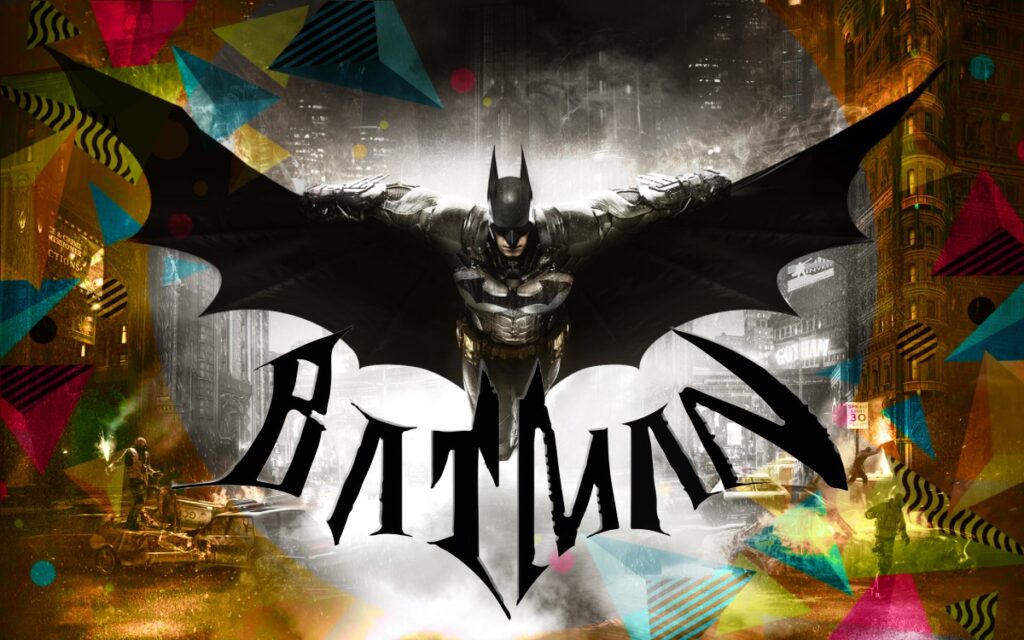
Batman is arguably the most popular comic book character in the DC universe. However, it is not only the caped crusader who draws attention but also his fascinating rogues gallery. The villains are a varied group of enemies that have captured the imagination of fans for decades. Without his rogues’ gallery, it is hard to imagine Batman being as famous as he is. These villains are so popular that many of them are more popular than most superheroes, making them the subject of scrutiny. As a result, many of Batman’s villains have become controversial over the years. The controversy’s reasons differ, ranging from the villain’s actions, backgrounds, and interpretations to the social issues they may represent. Regardless of the controversy, Batman’s villains remain an integral part of his story, making him one of the most iconic and fascinating characters in comic book history.
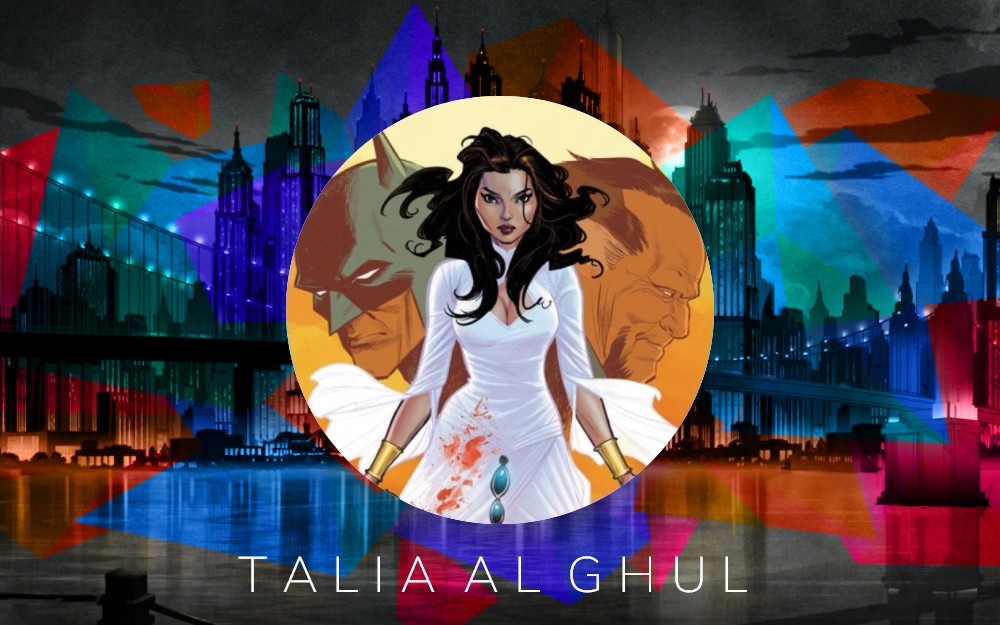
Talia al Ghul
Talia al Ghul is a character with a complicated past, which has led to some understandable controversy. One major issue with Talia is that artists have whitewashed her for many years. Despite being part Arab and Chinese, she is often depicted as a white woman. This issue had gone unnoticed for many years, but in recent times, it has become a point of contention for the character.
Furthermore, some writers have portrayed Talia using “dragon lady” tropes, which have perpetuated harmful stereotypes. Additionally, she has often been depicted as a sexual object, used by her father to manipulate Batman. While Talia has become a more well-rounded character in recent years, it doesn’t negate the harmful and problematic stories from the past.
Talia al Ghul’s complicated history and problematic portrayal illustrate the importance of diversity and representation in media. It is crucial to acknowledge and address past mistakes to create a more inclusive and welcoming environment for all audiences.
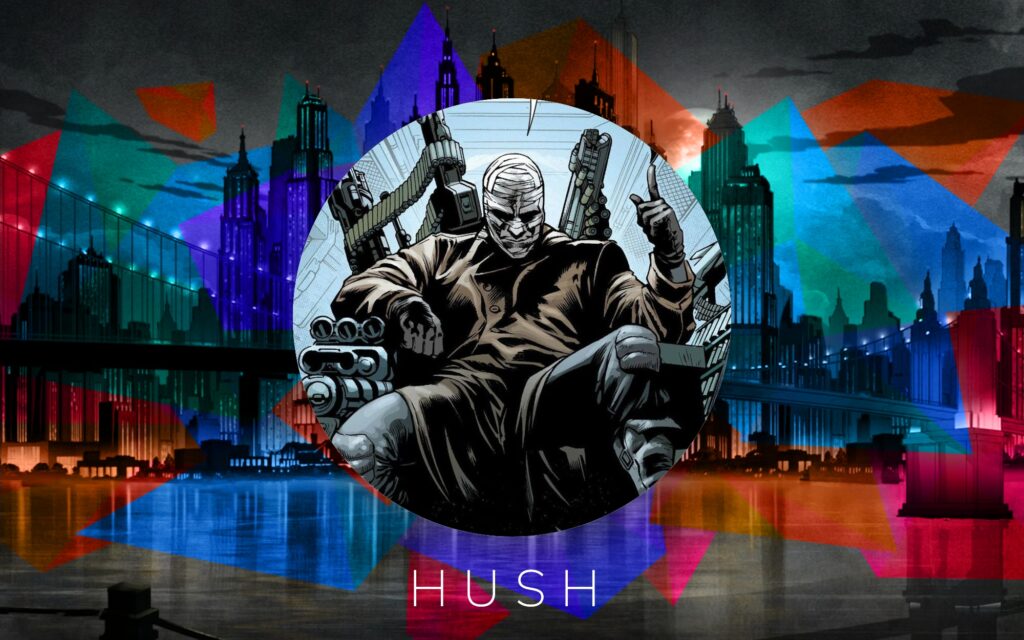
Hush
The debut of Hush in Batman: Hush, created by writer Jeph Loeb and artist Jim Lee, introduced a mysterious villain at the heart of the book. Hush was portrayed as an evil Batman, a well-known trope among Batman’s enemies. Despite being a significant villain, the character never received the attention he deserved after the book’s conclusion. Fans were disappointed by how Hush’s potential was squandered entirely, with the character never being used correctly by anyone.
As a result, Hush has become a controversial character due to his lack of development after his initial appearance. Fans believe that his placement at the top of the villain charts was unwarranted, and the change in perception has impacted how people view the story. Hush had the potential to be an iconic villain, but the failure to utilize him correctly has left a lasting disappointment among fans of the Dark Knight.
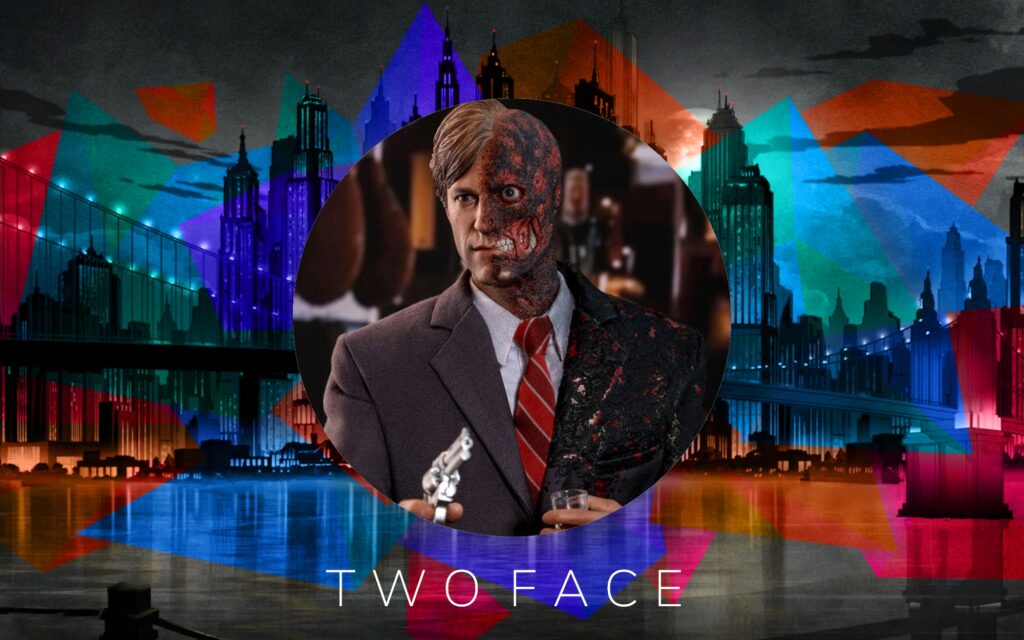
Two-Face
Two-Face is an iconic Batman villain, but unfortunately, he has been used to perpetuate harmful tropes about mental health in the past. Writers often portrayed the mental health issues of many Batman villains as the sole reason for their evil deeds, and Two-Face’s dissociative identity disorder only reinforced this notion.
As society’s attitudes toward mental health have evolved, the conversation in comics has also shifted. However, older Two-Face stories reveal outdated and damaging attitudes towards mental health. Though there have been efforts to improve the portrayal of mental health in comics, the past cannot be ignored.
Therefore, despite being an iconic villain, Two-Face’s representation of dissociative identity disorder has been controversial due to its reinforcement of harmful tropes surrounding mental health.
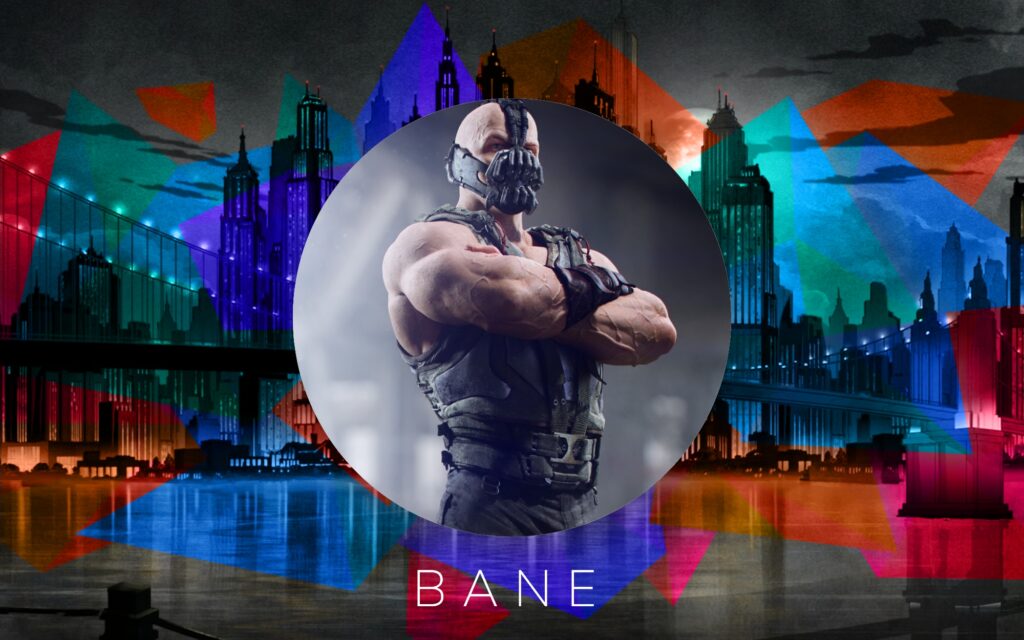
Bane
Bane is a newer addition to DC’s roster of popular villains, having gained notoriety in the ’90s after he broke Batman’s back. However, despite his early success, Bane fell out of favour and became a caricature of an extreme ’90s villain.
Fortunately, the 21st century has been kinder to Bane, with writer Tom King featuring him as the primary antagonist in his controversial Batman run. This resurgence has brought about mixed reactions from fans, with some appreciating the character’s evolution and others disliking the direction taken.
Overall, while Bane has his fair share of supporters, his status as a controversial figure in the Batman universe cannot be ignored.

Ra’s al Ghul
Ra’s al Ghul, a longstanding Batman villain, has become somewhat overrated in recent years due to the rise of his more well-developed daughter, Talia. However, the character is not without controversy.
Like his daughter, Ra’s al Ghul has been whitewashed in comics for years, despite being of mixed heritage. Additionally, he has been portrayed as a “yellow peril” villain, a mysterious and dangerous enemy from the East who possesses forbidden knowledge. Furthermore, his characterization as an environmental terrorist sends the message that caring for the planet is somehow negative.
These controversial aspects of Ra’s al Ghul’s character have caused concern among fans and critics alike, despite his status as a popular Batman villain.
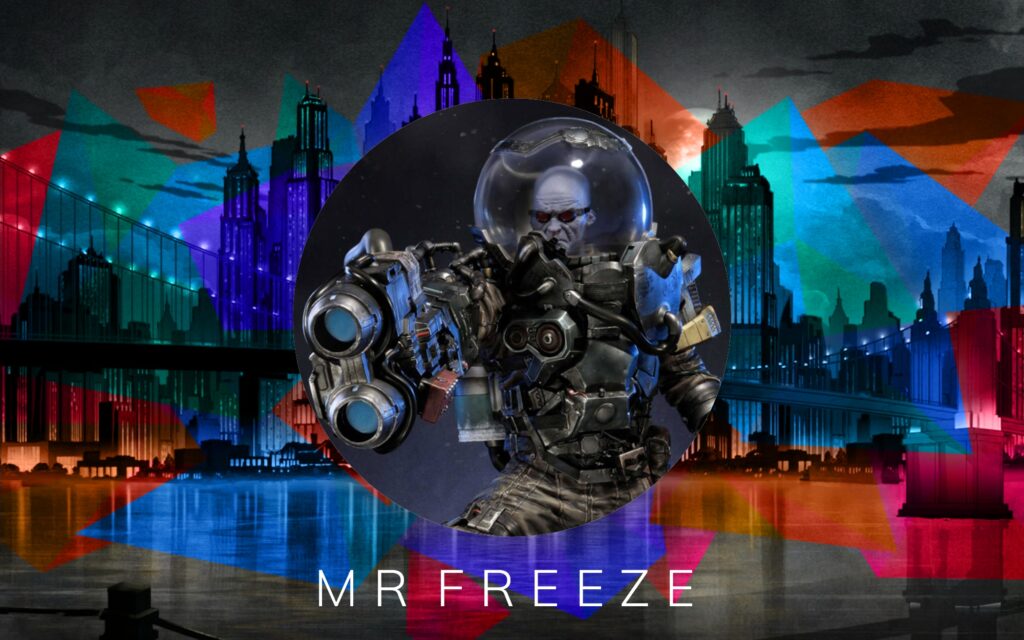
Mr Freeze
Mr Freeze stands out among Batman’s villains due to his tragic backstory and heroic motivations. He commits crimes to fund research that will save his wife’s life, making him a sympathetic character. However, a recent comic book story, Batman: One Bad Day: Mr Freeze, took a different approach to the character.
In this story, written by Gerry Duggan and illustrated by Matteo Scalero, Mr Freeze is portrayed as a controlling and mentally abusive husband. This portrayal angered many fans who had sympathized with the character’s tragic circumstances in the past. Despite this controversy, the story presents a valid interpretation of the character, showing that even sympathetic characters can have dark sides.
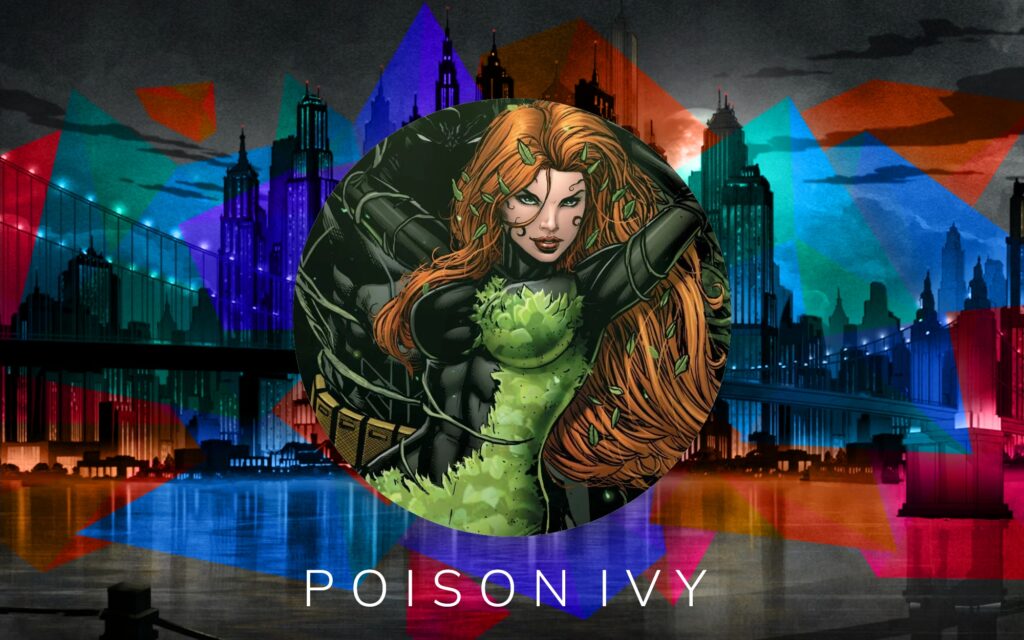
Poison Ivy
Poison Ivy is one of DC’s most recognizable characters that focuses on environmentalism, but her villainous status has sparked controversy among readers. While her eco-friendly motivations may seem heroic, some feel it’s problematic to base her villainy on environmentalism, much like Ra’s al Ghul.
Furthermore, her bisexual identity and relationship with Harley Quinn have attracted backlash from a small, bigoted portion of comic book fans. However, this controversy has only made Ivy more popular among most fans.
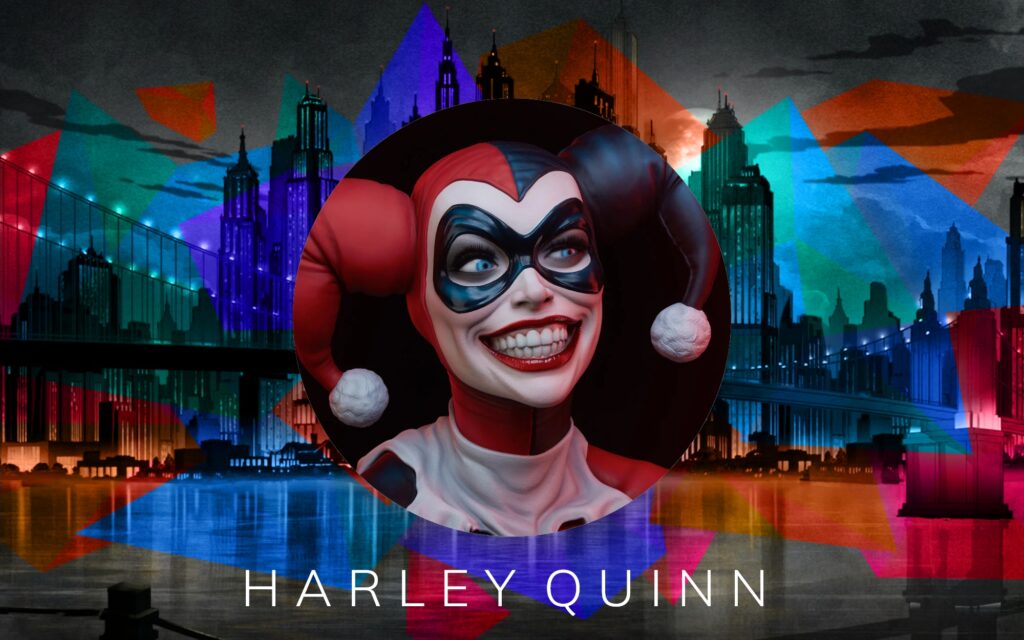
Harley Quinn
Although Harley Quinn is now viewed as more of a hero in the comics, many still see her as a villain in pop culture. However, there are two major controversies surrounding the character. Firstly, many fans fail to understand the abusive nature of her relationship with the Joker and instead see it as a desirable relationship. This misunderstanding is concerning on many levels.
Secondly, there is bigotry surrounding Harley’s bisexuality. Despite the fact that her character was always coded as queer, some people have come out against her relationship with Poison Ivy. In the past, their relationship was only subtextual due to things like censorship standards. Still, anyone who reads the old stories or watches the shows can see that the two characters are in love with each other.
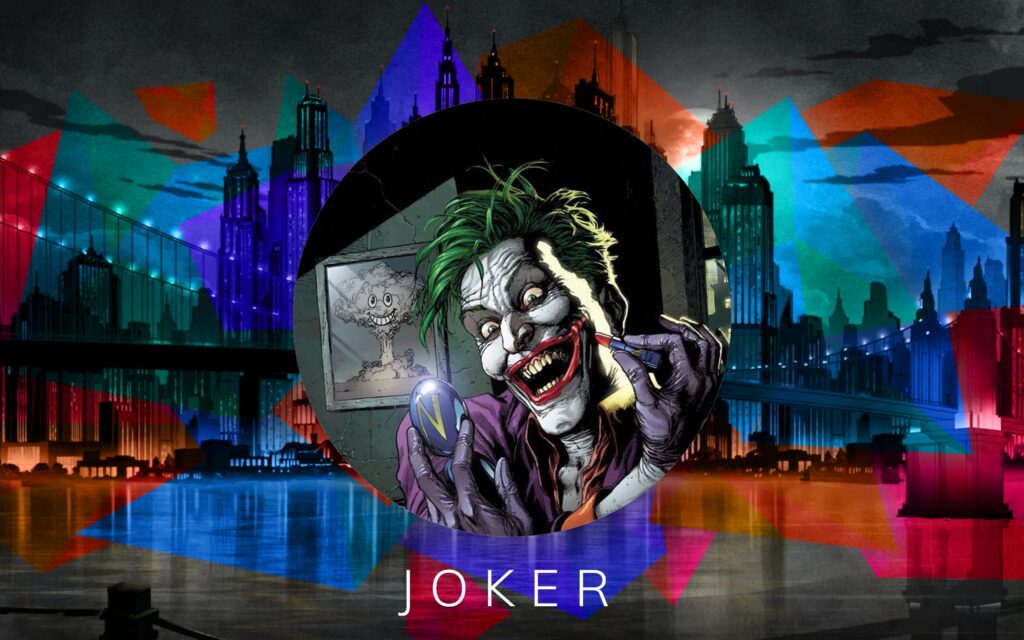
The Joker
The Joker is undeniably the most popular comic book villain, but his mental health portrayal has long been a point of controversy. However, there are additional controversies surrounding the character. In the graphic novel Batman: The Killing Joke, the Joker shoots Barbara Gordon and takes nude photos of her, a plot point that has not aged well. A variant cover featuring Batgirl reignited the controversy a few years ago. Moreover, the Joker’s abusive relationship with Harley Quinn has been misconstrued as a romantic one by many fans. Finally, the storyline in which the Joker was revealed to be pregnant caused a stir, despite being a non-continuity joke story.
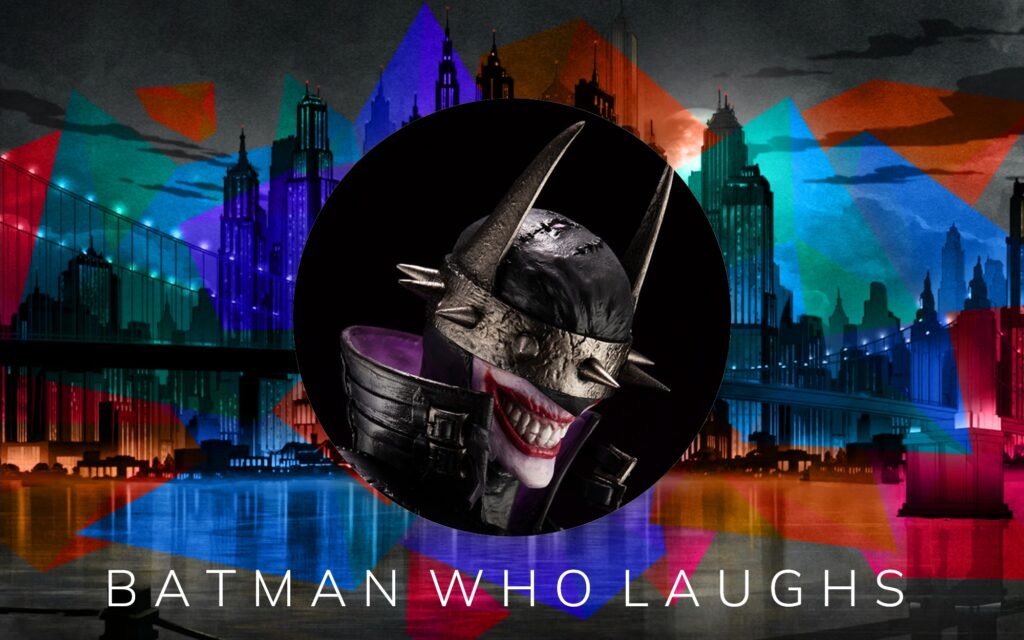
Batman Who Laughs
One of the most controversial alternate Batmen is the Batman Who Laughs. He was first introduced in Dark Knights: Metal, a comic book series written by Scott Snyder and illustrated by Greg Capullo. This character is a Batman from the Dark Multiverse who was infected by a Joker virus and ended up killing everyone. At first, fans loved this villain, but things took a turn when he was overused in subsequent stories. The Batman Who Laughs appeared everywhere, and many fans grew tired of him quickly. This made the character go from being promising to being a burden, and DC kept using him until he lost his appeal completely.
For more interesting news and facts, check out our blog New Facts World and follow us on Instagram.



